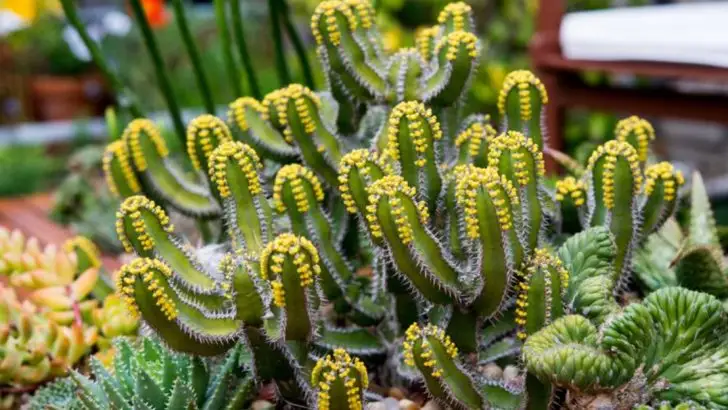At first, it seemed impossible to grow lavender and lettuce, or rosemary next to ferns—plants with completely different water needs. But everything changed when I started working with rain shadows—those dry zones naturally created by structures, trees, or even terrain.
By observing how wind and rain moved through my garden, I realized I could design microclimates where moisture-loving plants thrived just steps away from drought-tolerant species, all without complicated irrigation systems. The key wasn’t more water—it was placement and awareness.
In this article, I’ll show you how to find and use rain shadows in your own garden, so you can grow “incompatible” plants side by side in harmony, using what nature already provides.
Cacti and Ferns
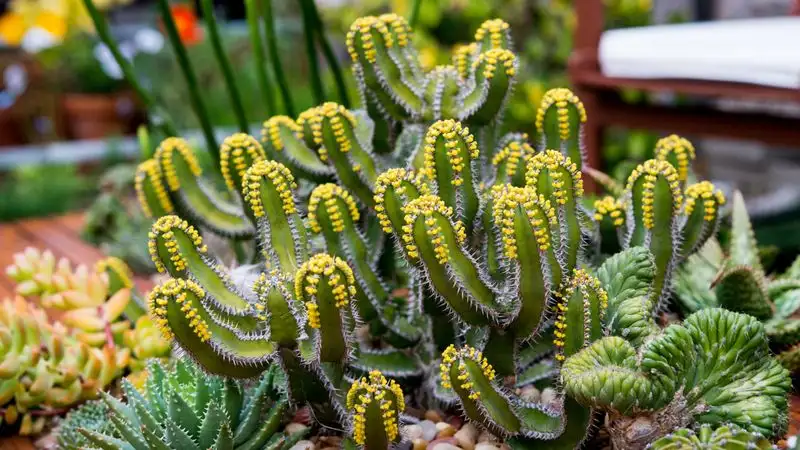
Beneath the embrace of a towering oak lies a unique gardening spectacle – cacti and ferns thriving together. Rain shadows cast by trees can create microclimates where desert dwellers meet woodland wonders.
Cacti bask in the sun-soaked edges while ferns luxuriate in the damp shade. This harmonious juxtaposition is not just visually enchanting but also a testament to nature’s adaptability.
Leveraging these conditions allows you to enjoy the best of both plant worlds, with minimal effort. Discover how embracing rain shadows can redefine traditional gardening limits.
Roses and Moss
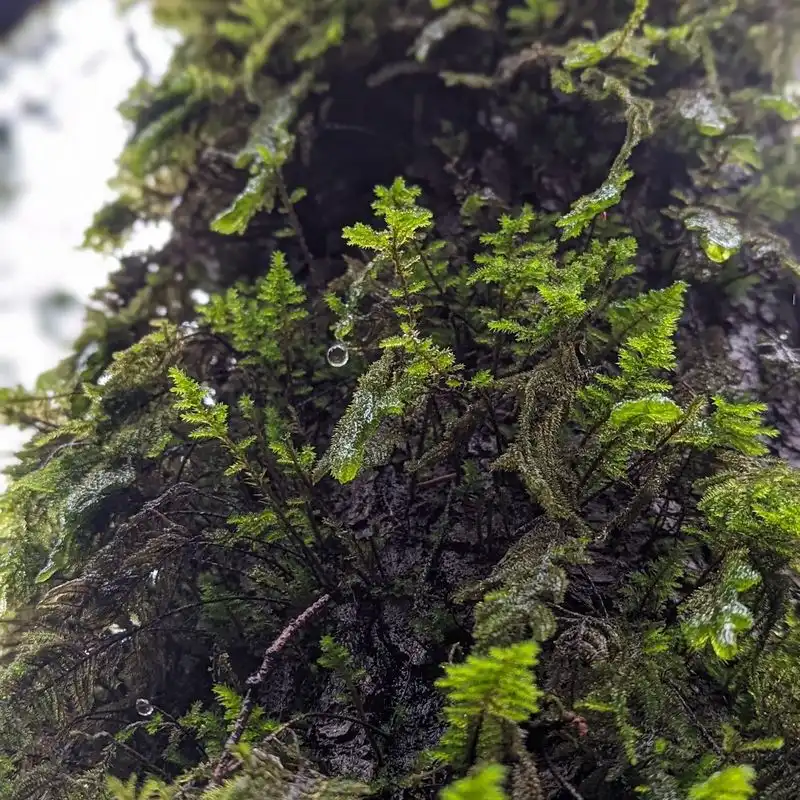
Behind a stone wall, roses dance in the sunlight while moss carpets the cool, shaded ground. The wall’s rain shadow is an unseen architect, fostering this visual symphony.
Roses crave the light, their blossoms reaching for warmth, while moss finds solace in the damp earth. This unlikely pairing thrives where conditions naturally diverge.
Explore how rain shadows can foster such surprising alliances in your garden, creating pockets of varied beauty and intrigue.
Lavender and Mint
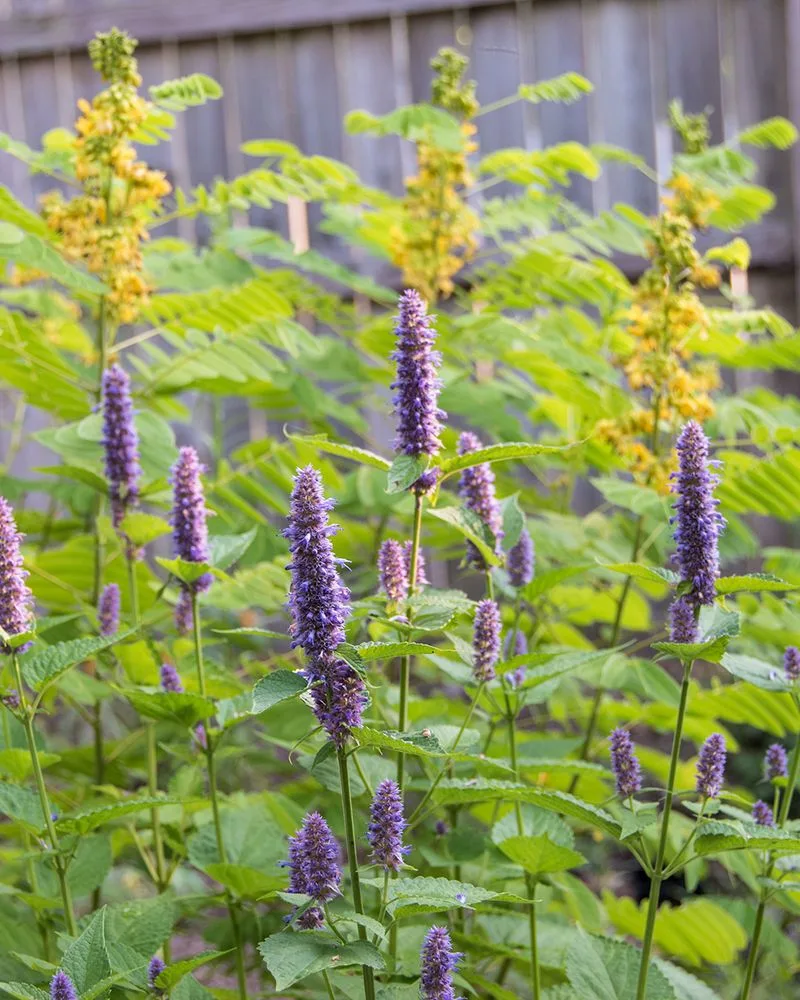
Lavender’s silvery foliage sways in the dry breeze, while mint thrives in the moisture-rich shadows nearby. This pairing demonstrates the power of rain shadows in crafting diverse plant habitats.
A simple garden path can divide these contrasting conditions, with lavender enjoying arid warmth and mint relishing the cool damp.
Harness this natural division to cultivate a garden that offers both fragrance and flavor, satisfying the senses uniquely. This setup not only optimizes space but also enhances garden diversity.
Succulents and Hostas

Sunlight sparkles on succulents, while hostas spread their leaves in the cool, shaded retreat nearby. A garden wall’s rain shadow creates this perfect blend of dry and moist environments.
Succulents, with their water-storing qualities, contrast beautifully with the lush hostas that prefer dampness. This arrangement highlights how different plant needs can be satisfied simultaneously.
Consider using rain shadows to craft visually stunning and diverse plant arrangements, blending desert and woodland aesthetics seamlessly.
Olives and Ferns
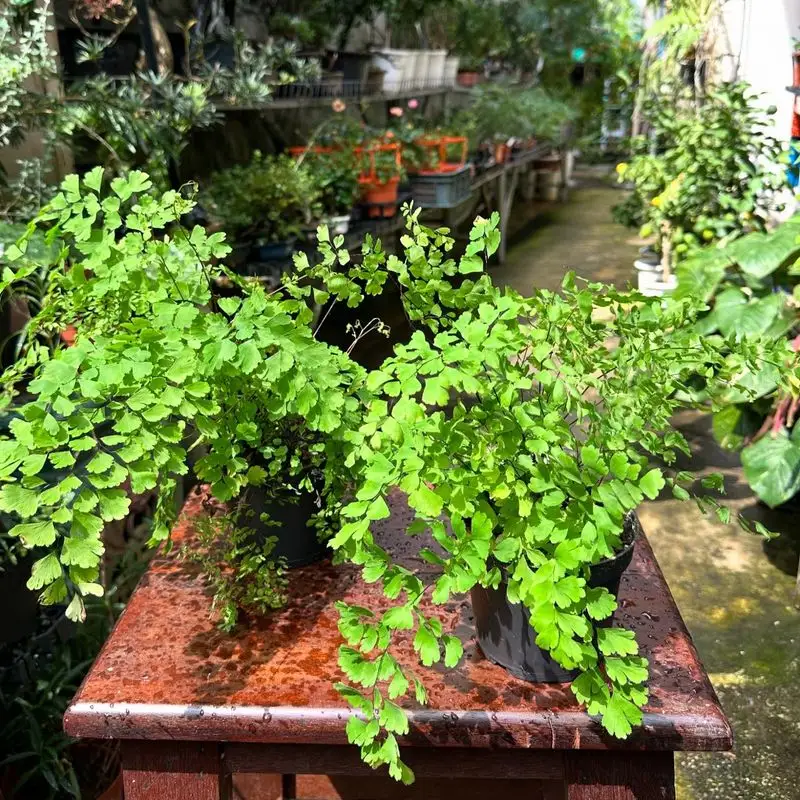
In a Mediterranean corner of the garden, olive trees bask in sunlit splendor while ferns find refuge in the shade. A strategically placed rock forms a natural rain shadow, dividing these distinct areas.
Olives, with their sun-loving nature, juxtapose the ferns’ love for shade and moisture. This setup allows for a unique blend of Mediterranean and forest aesthetics.
Rain shadows offer opportunities to experiment with such intriguing combinations, making your garden a canvas for nature’s diversity.
Sunflowers and Hydrangeas
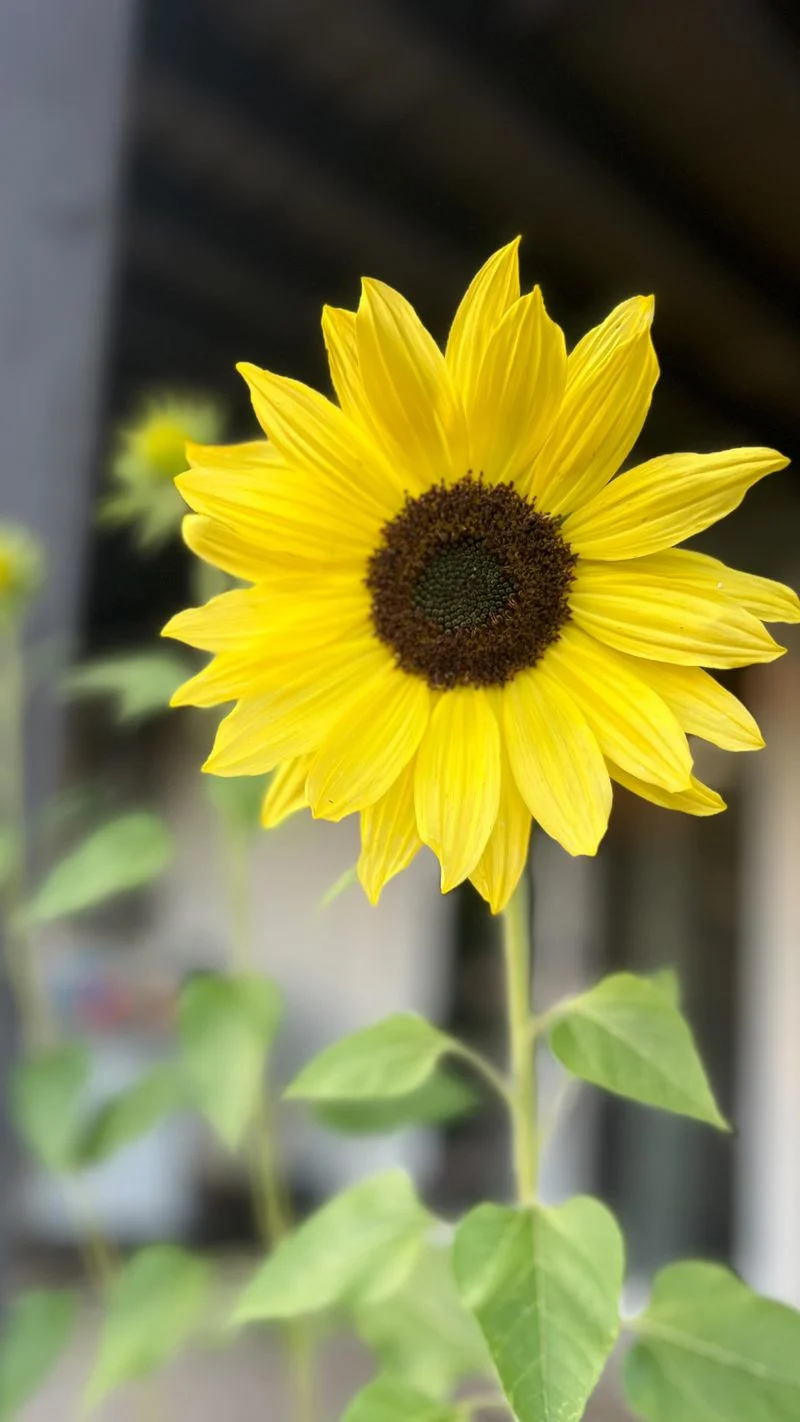
Tall sunflowers stretch towards the sky, while hydrangeas bask in the gentle shade nearby. A garden shed casts a rain shadow that facilitates this captivating combination.
Sunflowers’ towering presence thrives in sunny, dry spots, contrasting with the hydrangeas’ preference for the cooler, moist areas.
This arrangement not only maximizes space but also enhances the visual dynamics of your garden. Embrace rain shadows to cultivate such vibrant and varied plantings.
Tropical Palms and Alpine Flowers
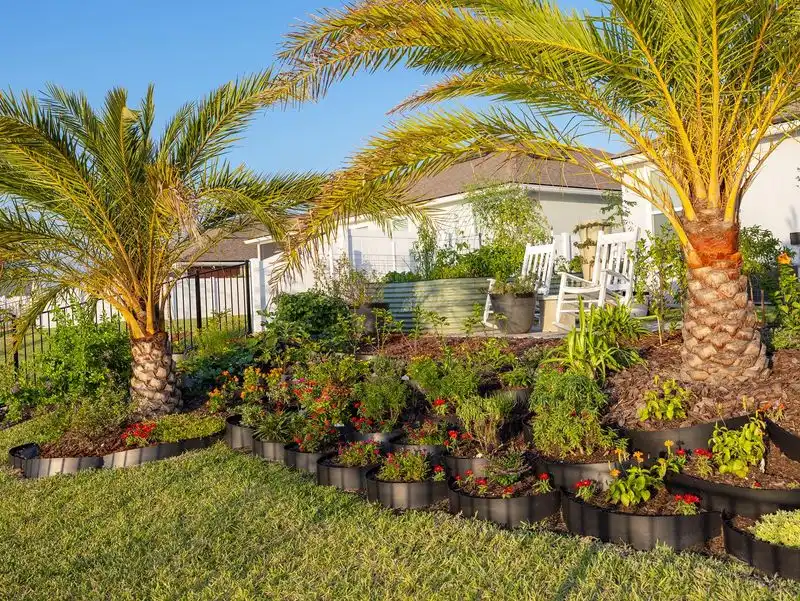
Tropical palms sway in the warmth, while alpine flowers burst with color in the cooler shade nearby. A greenhouse contributes to this diverse environment by casting a protective rain shadow.
Such pairings challenge traditional gardening norms, allowing tropical and alpine species to coexist.
Consider using rain shadows to introduce unexpected diversity, creating a garden where even the most unlikely companions flourish together. This method not only diversifies your plant choices but also elevates garden aesthetics.

